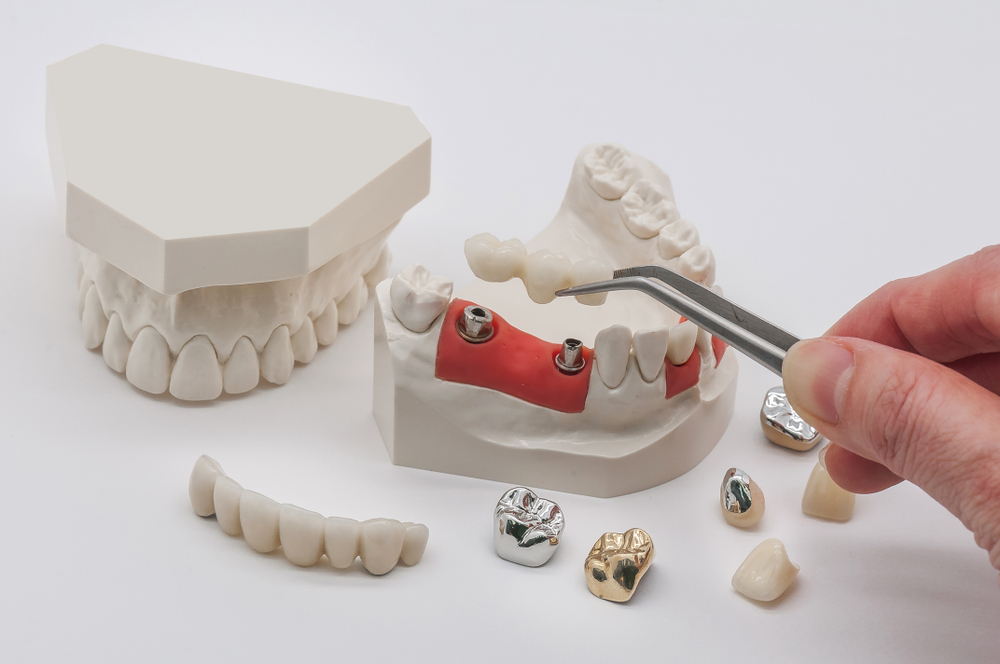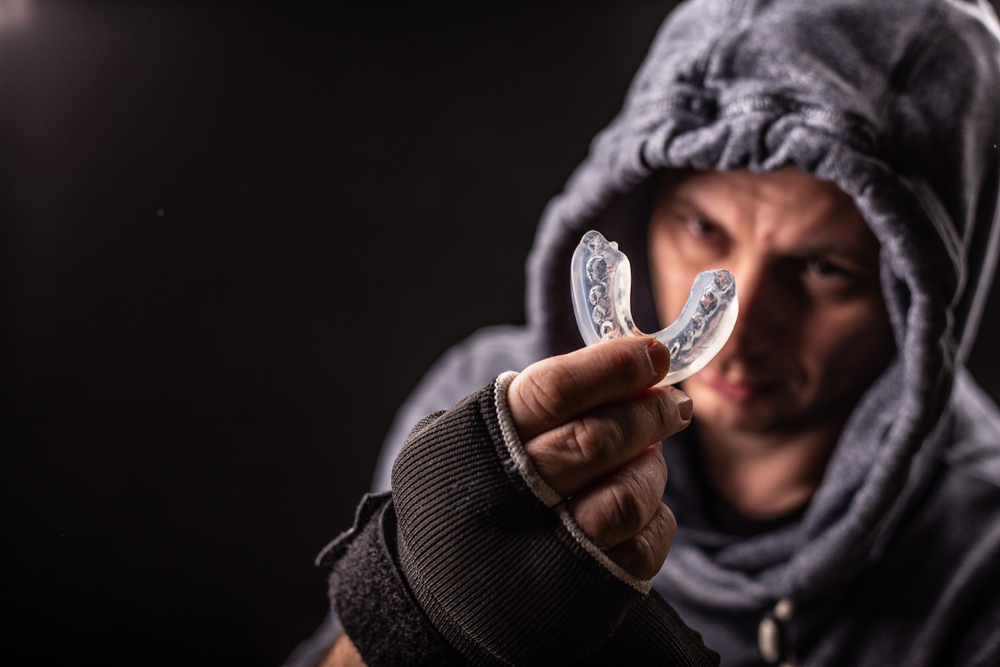Dental implants have revolutionized tooth replacement, offering a durable, natural-looking solution for patients with missing teeth. However, their success depends on the materials used in their fabrication. Biocompatibility is a key factor in ensuring that implants integrate seamlessly with the body while minimizing the risk of complications. This blog explores the significance of biocompatible materials in dental implants and the role of dental labs in producing high-quality, safe, and long-lasting restorations.
In This Blog:
- Understanding Biocompatibility in Dental Implants
- Common Biocompaible Materials Used in Dental Implants
- The Role of Biocompatible Materials in Implant Success
- How Dental Labs Ensure Biocompatibility in Implant Components
- Future Trends in Biocompatible Materials for Dental Implants
Understanding Biocompatibility in Dental Implants
Biocompatibility refers to a material’s ability to function in the human body without causing adverse reactions. In the context of dental implants, this means that the materials must be non-toxic, corrosion-resistant, and capable of fusing with the jawbone—a process known as osseointegration. If an implant is not biocompatible, the body may reject it, leading to inflammation, infection, or implant failure.
The immune system plays a crucial role in determining how the body responds to foreign materials. A truly biocompatible implant material should promote bone growth and healing while resisting bacterial accumulation that could lead to peri-implantitis, a condition that can compromise the implant’s longevity.
Common Biocompatible Materials Used in Dental Implants
Titanium and Titanium Alloys
Titanium has long been the gold standard in dental implantology due to its exceptional biocompatibility and mechanical strength. This metal naturally forms a protective oxide layer, preventing corrosion and allowing it to integrate with bone efficiently. Additionally, titanium implants have a high success rate and longevity, making them a preferred choice for many dentists and patients.
Zirconia (Ceramic Implants)
Zirconia implants are gaining popularity as a metal-free alternative to titanium. Known for their excellent aesthetic properties and bio-inert nature, zirconia implants are ideal for patients with metal allergies or those seeking a highly natural-looking restoration. These ceramic implants also offer excellent osseointegration and resistance to bacterial adhesion, reducing the risk of gum disease around the implant site.
Other Emerging Biocompatible Materials
Researchers continue to explore new materials and surface modifications to improve implant performance. Some of the latest innovations include:
- Hybrid Materials – Polyether ether ketone (PEEK) and other composites offer an alternative to traditional implants with improved flexibility and durability.
- Surface Modifications – Nanotechnology and bioactive coatings enhance bone bonding and minimize bacterial accumulation, further improving implant longevity.
The Role of Biocompatible Materials in Implant Success
The choice of implant material directly impacts the long-term success of the procedure. A highly biocompatible implant:
- Promotes osseointegration, ensuring the implant becomes a stable part of the jawbone.
- Reduces the risk of allergic reactions, making it safe for more patients.
- Lowers the chances of peri-implantitis, a condition that can lead to implant failure.
- Provides long-term stability and comfort, allowing patients to eat, speak, and smile with confidence.
How Dental Labs Ensure Biocompatibility in Implant Components
Dental labs play a crucial role in the development and fabrication of implant components. Ensuring biocompatibility involves:
- Material Selection – Labs carefully choose high-quality, FDA-approved biocompatible materials.
- Advanced Manufacturing Techniques – Technologies like CAD/CAM and laser sintering allow for precise fabrication of implant-supported restorations.
- Quality Control & Compliance – Dental labs adhere to strict regulatory standards such as ISO and ADA guidelines to ensure safety and reliability.
Future Trends in Biocompatible Materials for Dental Implants
As technology advances, dental labs are continually innovating to improve implant biocompatibility. Some emerging trends include:
- Bioactive Coatings – These coatings enhance bone attachment, accelerating healing and reducing complications.
- 3D-Printed Biocompatible Implants – Personalized implant designs using biocompatible materials enhance precision and patient outcomes.
- AI-Driven Material Selection – Artificial intelligence is being used to tailor implant materials to individual patient needs, improving compatibility and success rates.
Conclusion
Biocompatible materials are the foundation of successful dental implants, ensuring safety, longevity, and patient comfort. Dental labs play a vital role in material selection, fabrication, and quality control to ensure optimal results. As innovations continue to push the boundaries of biocompatibility, the future of dental implants looks promising, offering even more advanced and personalized solutions for patients in need of long-lasting tooth replacement.




